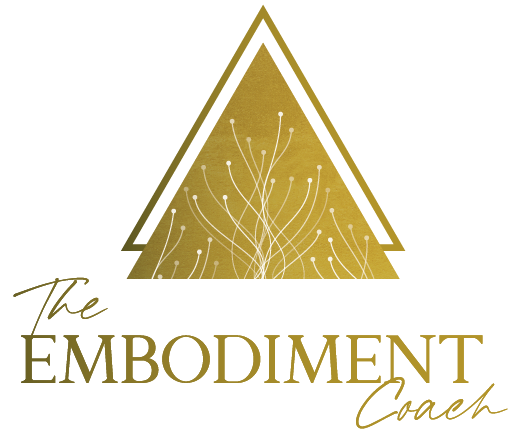FAQ
Got questions and you need more clarity?
“Somatics is the study of the self from the perspective of one’s lived experience, encompassing the dimensions of body, psyche, and spirit.” – Thomas Hanna
Derived from the Greek word “soma,” which means “body,” a somatic practice involves the process of connecting with and paying attention to the internal world of the body, recognizing bodily signals and messages, and cultivating awareness of one’s internal experiences. Additionally, somatic practice involves bringing conscious awareness to one’s behavior, mental images, and the meaning attached to them, as well as to external sensory experiences.
Trauma Informed Coaching refers to the approach of acknowledging and recognizing the impact of past traumatic experiences on a client’s current situation, and utilizing this awareness to develop effective coaching strategies that prioritize resilience and positive solutions.
Trauma-informed coaches center their approach on the present moment, rather than the past. They prioritize the client’s current experiences and how past trauma impacts them in the present. Their primary goal is to empower their clients by leveraging coaching techniques that cultivate their strengths, positive beliefs, and healthy coping mechanisms. Rather than focusing solely on eliminating “negative” behaviors and beliefs, these coaches serve as mentors, guides, and sources of support. They may offer trauma education, assist in setting recovery goals, but ultimately, their approach is client-led.
Coaches refrain from offering medication recommendations or prescriptions. They also do not diagnose, assess, or treat their client’s mental health conditions. Additionally, coaches do not exceed their area of expertise and do not work with clients who may pose a risk of self-harm or harm to others.
Coaching is not a substitute for psychotherapy and some individuals may benefit from working with both a therapist and coach simultaneously. If you need to further explore and process past traumas, it is recommended to work with a licensed clinical therapist.
Coaching differs from therapy in that therapy focuses on your current state based on past experiences and traumas, following a medical model of care. While coaching focuses on your future goals, desired identity, and aspirations. Coaching empowers you to use your own wisdom and goals to transform your life, while the coach provides guidance and support.
Somatic coaching takes a holistic approach that incorporates the body as a key element in the transformation process. This involves tuning into your body’s signals and sensations related to beliefs, stories, and patterns that affect your behaviors and responses. With this awareness, you can shift these patterns to align with your goals and become more attuned to your inner wisdom. Somatic coaching allows for a deeper understanding of oneself and promotes embodiment to live a more fulfilling life.
Also named “The science of Safety”, Polyvagal theory is created by Dr. Stephen Porges, a globally recognized researcher, to explain the impact of our sense of safety, danger, or life threat on our behavior by focusing on the body and nervous system.
Polyvagal Theory provides a scientific basis for integrating physiological (“bottom-up”) modalities with cognitive (“top-down”) approaches to enhance our emotional state, cognitive abilities, and social interactions.
The vague nerve, the longest nerve in the autonomic nervous system, links the mind and body, extending from the brainstem to the colon. It functions as an internal control center, enabling the brain to monitor and receive feedback on various bodily functions.
By regulating vital aspects of human physiology, such as heart rate, blood pressure, temperature, digestion, and speech, the vague nerve plays a crucial role. The nerve relays information automatically to the brain via neuroception, which then processes signals and cues from our surroundings and decides how we respond by activating three physiological states: Parasympathetic/ventral vagal state, sympathetic state, or dorsal vagal state.
To be embodied is to acknowledge that the body is not merely a vessel for the mind, as referred to by Francis Briers as a “Brain Taxi.” Rather, the body is a living, evolving, and intelligent ally that enables us to connect with ourselves, including our personality, senses, memories, relationships, passions, sensuality, and spirit. Through embodiment, we can express ourselves and experience the world in a way that aligns with our values and beliefs. It recognizes that without a body, we cannot access any of these aspects, and therefore, we are more than just our minds.
Embodiment involves transcending the notion of “you are not your body” and “you are not your mind” to find unity and coherence between all parts of ourselves. It entails integrating all dimensions of our being to achieve wholeness and harmony.





